The 100 keV Tundra Cryo-TEM can efficiently validate ligand and protein binding when in fast mode, taking over 10,000 images in as little as a few days’ acquisition time. With the Tundra Cryo-TEM, you can take a closer look at receptors that affect the central nervous system or investigate prokaryotic ribosomes. From Nobel –prize-winning discoveries, like TRPV5, to small potential drug targets, like GABAA receptors, the Tundra Cryo-TEM can help expand your scientific discovery by visually resolving structures and producing 3D reconstructions at ~2–5 Å resolution. When the Tundra Cryo-TEM is configured with a Falcon C Direct Electron Detector, the resolution can be improved, particularly for small and asymmetric protein complexes such as transthyretin (55 kDa).
Molecular structures determined using the Tundra Cryo-TEM
2.1 Å, Apoferritin (~500 kDa)
- Number of images: 5,418
- Number of particles: 249,808 (octahedral)
- Acquisition time: 18 hrs
- Detector: Falcon C
Drug discovery with the Tundra Cryo-TEM
Cryo-electron microscopy (cryo-EM) is rapidly drawing interest in structure-based drug discovery and design, since it can accurately and rapidly visualize to high resolutions the interactions between drug and receptor of a multitude of samples.
Cryo-TEM sample optimization and connectivity
The Tundra Cryo-TEM can be used to optimize samples, offering efficient sample iteration and optimization. It serves as a valuable screening tool, providing biochemical sample optimization in less time than higher-level cryo-EM instruments. In the example of CAK complex, when using Krios G4 Cryo-TEM, higher resolution reconstruction can be achieved to reveal more structural information.
Room temperature TEM applications
The Tundra Cryo-TEM can be utilized for negative-stain electron microscopy, an easy and cost-effective method for the quality assessment of purified biological specimens at room temperature to quickly assess the stability, homogeneity, and concentration of purified samples. In addition, room temperature sections of resin-embedded cells and tissues or isolated particles of protein complexes and viral assemblies can also be visualized with the Tundra Cryo-TEM.

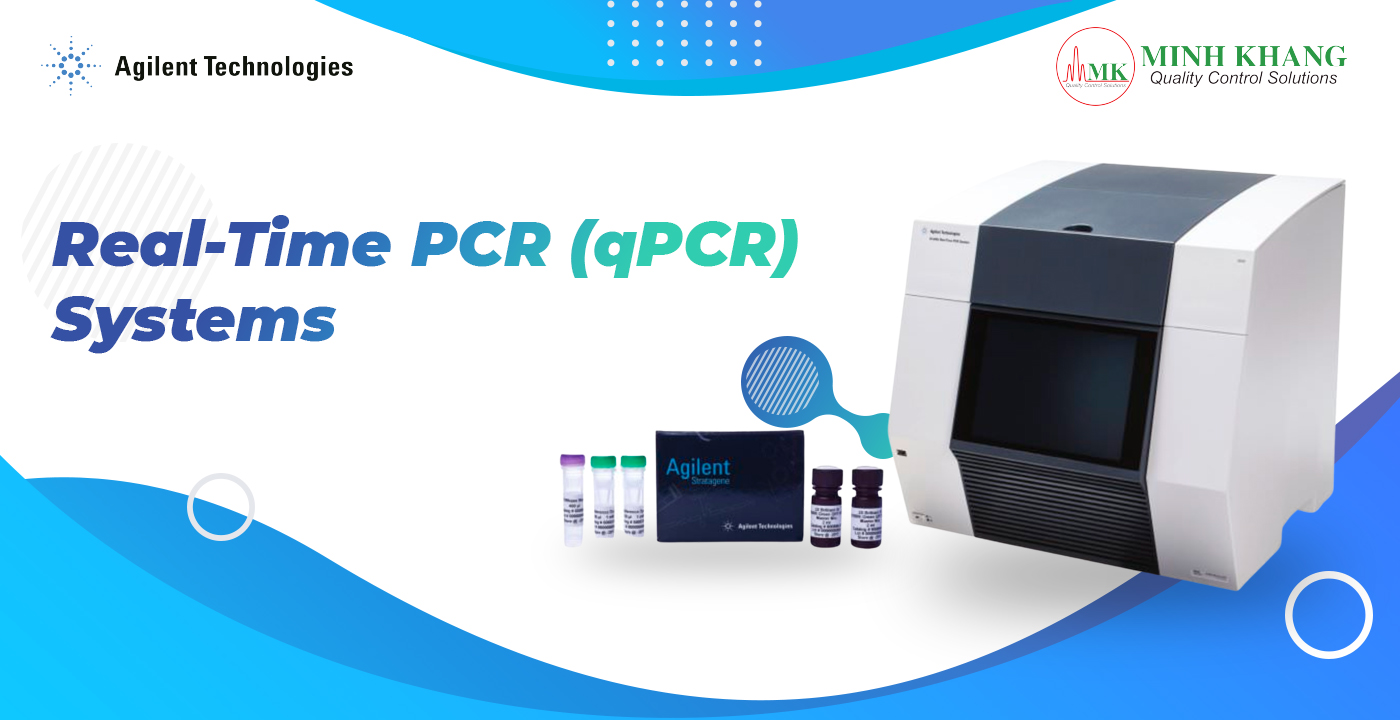
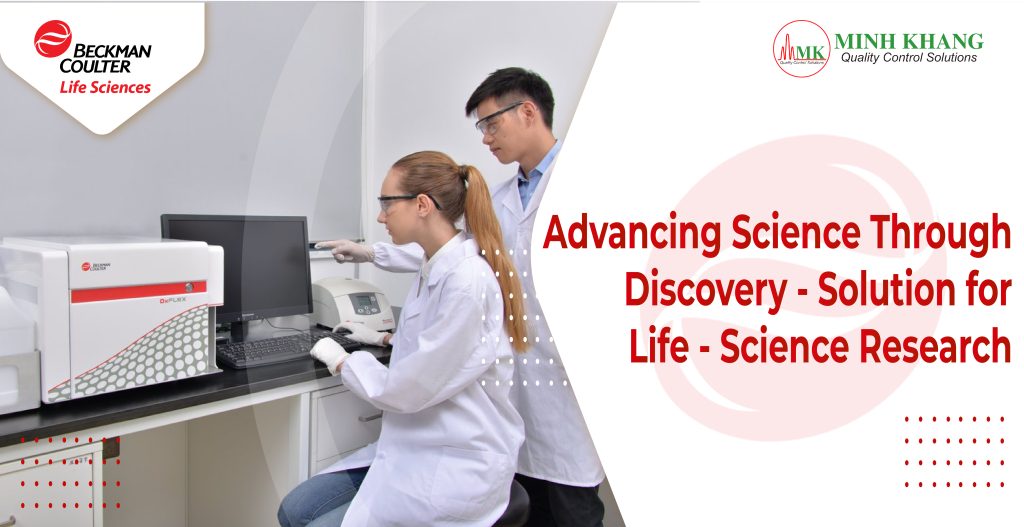
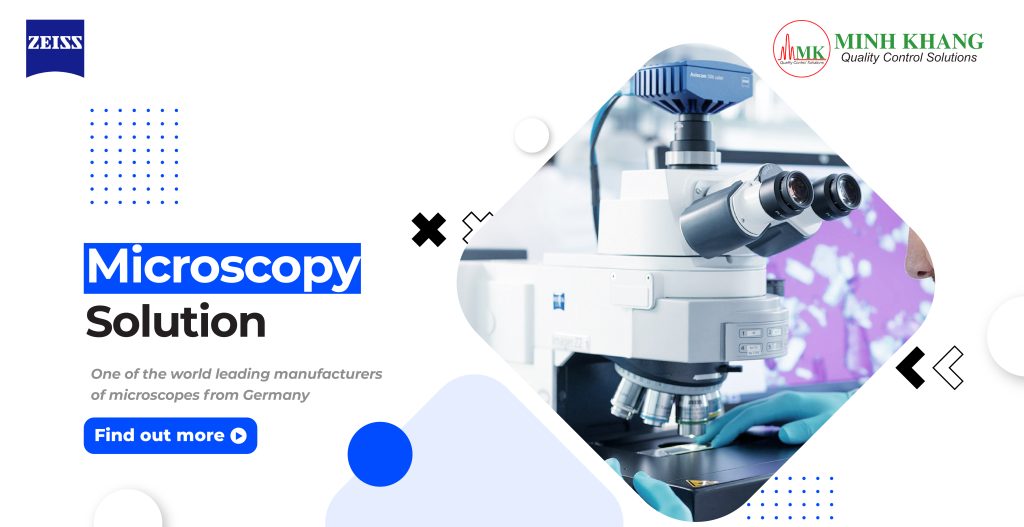
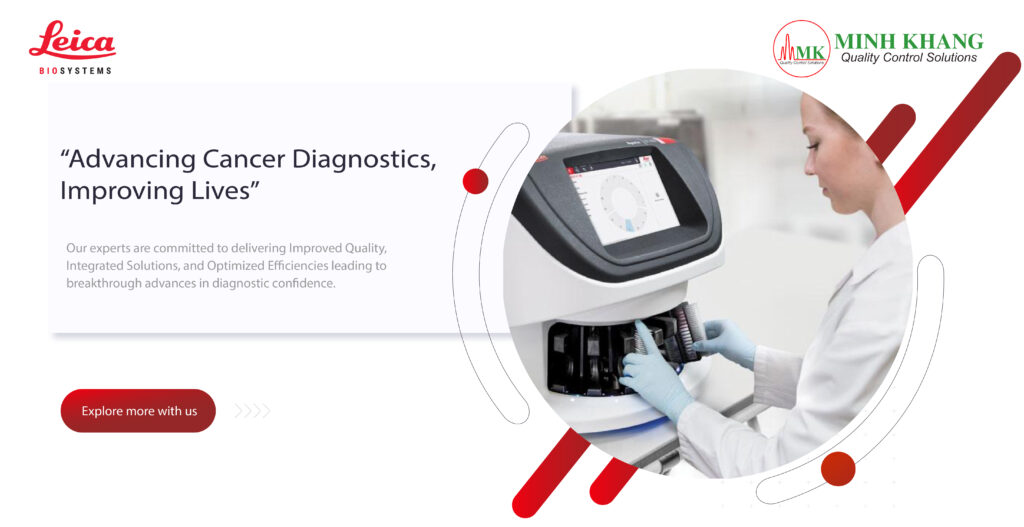









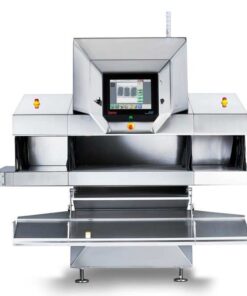
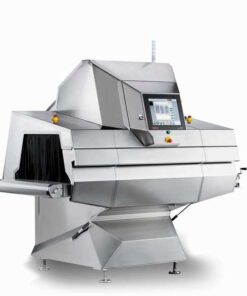


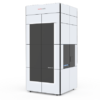
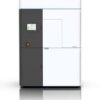

 VI
VI